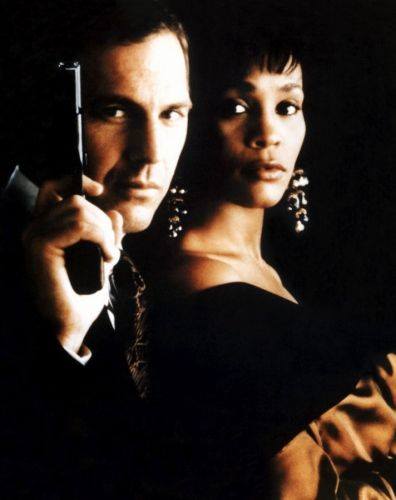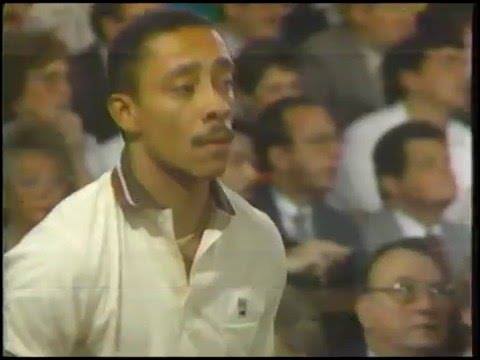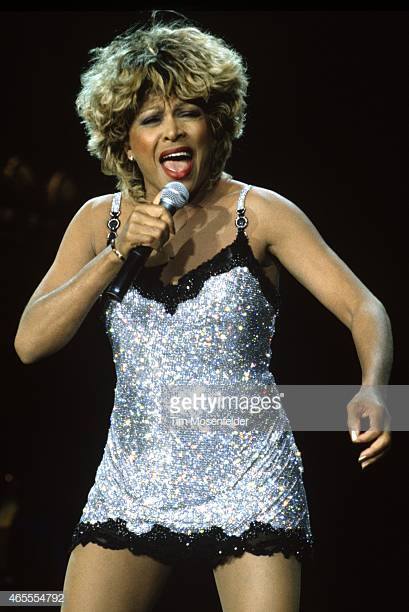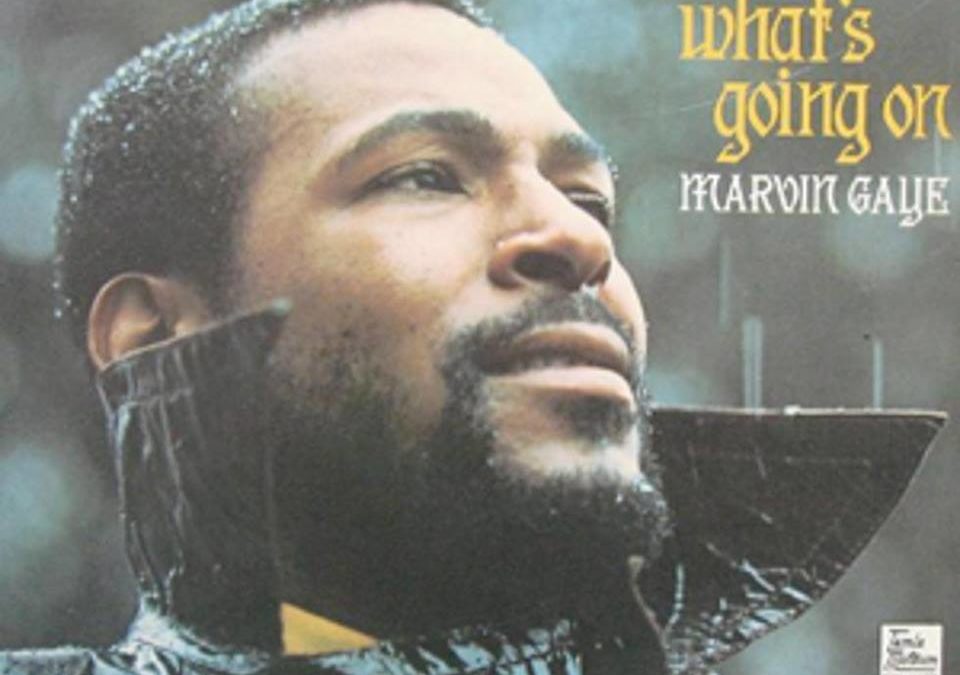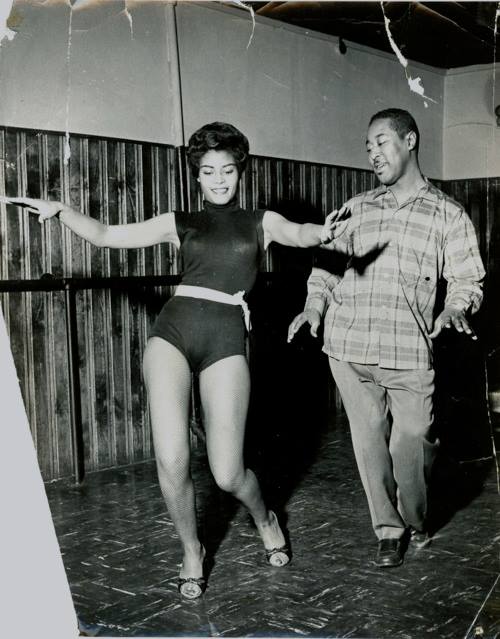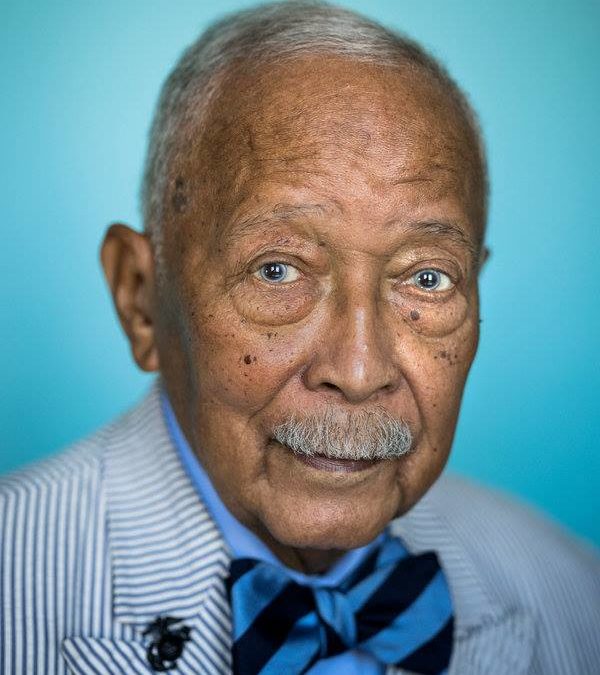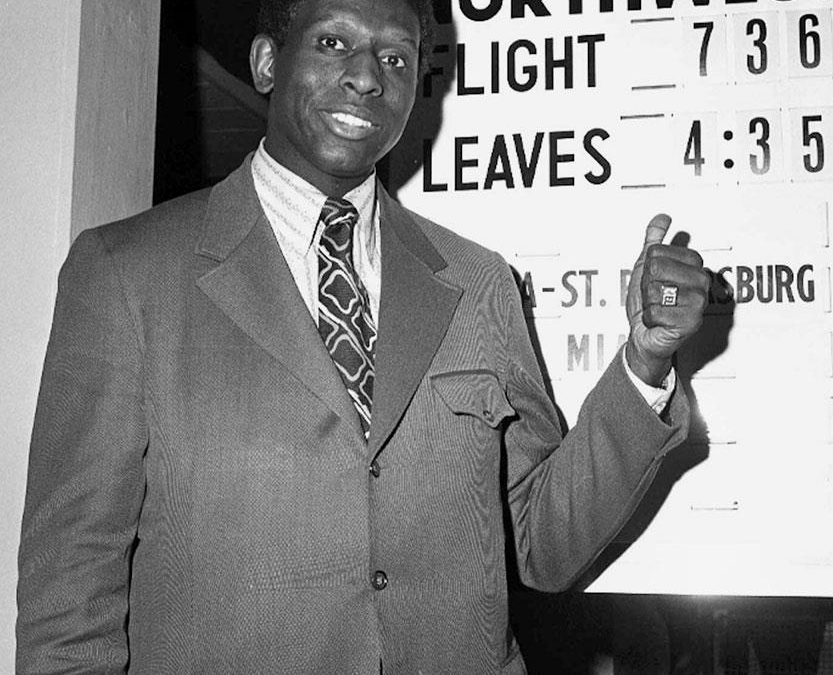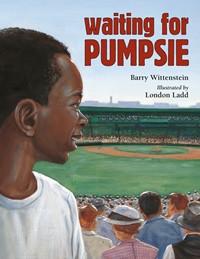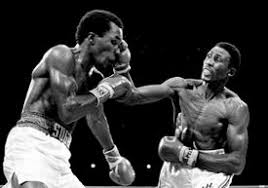GM – FBF –
Today’s story is about a man from the streets of Detroit, MI by way of
Tennessee. At a young age he discovered that he could be good at this
profession people called “The Sweet science”. He was trained at the famous
KRONK gym and he learned how to be one of the best. He was tested by many of
the best during his day and would win many large paydays but he never could get
passed a few people. He still considered one of the best of all time. Enjoy!
Remember – “That was the fight. I
knew that I had done something that no man had been able to do to a
champion.” – Thomas Hrarns
Today in our History – October
18, 1958 Thomas “The Hitman” Hearn’s was born .
Thomas “Tommy” Hearns
(born October 18, 1958) is an American former professional boxer who competed
from 1977 to 2006. Nicknamed the “Motor City Cobra”, and more
famously “The Hitman”, Hearns’ tall and slender build allowed him to
move up over fifty pounds in his career and become the first boxer in history
to win world titles in four weight divisions: welterweight, light middleweight,
middleweight, and light heavyweight. By later winning a super middleweight
title, he also became the first to win world titles in five weight divisions.
Hearns was named Fighter of the
Year by The Ring magazine and the Boxing Writers Association of America in 1980
and 1984; the latter following his knockout of Roberto Durán. Hearns was known
as a devastating puncher throughout his career, even at cruiserweight, despite
having climbed up five weight classes. He is ranked number 18 on The Ring’s
list of 100 greatest punchers of all time. He currently ranks #18 in BoxRec
ranking of the greatest pound for pound boxers of all time. On June 10, 2012,
Hearns was inducted into the International Boxing Hall of Fame.
Born in Grand Junction, Tennessee
on October 18, 1958, Hearns was the youngest of three children in his mother’s
first marriage. With her second marriage, six children joined the first three.
On her own, Mrs. Hearns raised Tommy and his siblings in Grand Junction until Tommy
was five years old; then the family moved to Detroit, Michigan. Hearns had an
amateur record of 155–8. In 1977, he won the National Amateur Athletic Union
Light Welterweight Championship, defeating Bobby Joe Young of Steubenville,
Ohio, in the finals. He also won the 1977 National Golden Gloves Light
Welterweight Championship.
Hearns began his professional
boxing career in Detroit, Michigan, under the tutelage of Emanuel Steward in
1977. Steward had changed Hearns from a light hitting amateur boxer to one of
the most devastating punchers in boxing history.
He won six world titles in five
weight classes during his pro career, defeating future boxing hall of famers
such as Pipino Cuevas, Wilfred Benítez, Virgil Hill and Roberto Durán. Hearns
started his career by knocking out his first 17 opponents. In 1980, Hearns
carried his 28-0 record into a world title match against Mexico’s Pipino
Cuevas. Hearns ended Cuevas’s 4-year reign by beating him by TKO in the second
round. Hearns was voted “Fighter of the Year” by Ring Magazine in
1980.
In 1981, Hearns the WBA Champion, with a 32-0 record (30 KOs), fought WBC
Champion Sugar Ray Leonard (30-1) to unify the World Welterweight Championship
in a bout dubbed “The Showdown.” In this legendary fight, Hearns
suffered his first professional defeat when Leonard stopped him in the 14th
round. In the 13th round, Leonard, behind on points on all 3 judges scorecards,
needed a knockout to win. He came on strong and put Hearns through the ropes at
the end of the round. Hearns was dazed, totally out of gas and received a count
but was saved by the bell. Leonard, with his left eye shut and time running
out, resumed his attack in the 14th. Hearns started the round boxing and
moving, but after staggering Hearns with an overhand right, Leonard pinned
Hearns against the ropes. After another combination to the body and head,
referee Davey Pearl stopped the fight. Hearns and Leonard banked a combined 17
million dollars for the fight, making it the largest purse in sports history.
The following year, Leonard retired due to a detached retina, and there would
be no rematch until 1989.
Hearns moved up in weight and won
the WBC Super Welterweight (154 lb) title from boxing legend and three-time
world champion Wilfred Benítez (44-1-1) in New Orleans in December 1982, and
defended that title against European Champion Luigi Minchillo (42-1) (W 12),
Roberto Durán (TKO 2), no.1 contender Fred Hutchings (29-1) (KO 3) and #1
contender Mark Medal (26-2) (TKO 8). During his reign at this weight, the 2 round
destruction of the legendary Roberto Durán, in which he became the first boxer
to KO Durán, is seen as his pinnacle achievement, earning him his second Ring
Magazine “Fighter of the Year” award in 1984.
Hearns moved up in class to
challenge in the super-welterweight (light-middleweight) champion, Hearns
ventured into the middleweight division to challenge undisputed middleweight
champion Marvin Hagler in 1985. Billed “The Fight” (later known as
“The War”[citation needed]), this bout has often been labeled as the
three greatest rounds in boxing history. The legendary battle elevated both
fighters to superstar status. Hearns was able to stun Hagler soon after the
opening bell, but he subsequently broke his right hand in the first round. He
did, however, manage to open a deep cut on Hagler’s forehead that caused the
ring doctor to consider a stoppage. The fight, however, was allowed to continue
at this point, with the ringside commentators remarking on the fact that,
“the last thing Hagler wants or needs is for this fight to be stopped on a
cut.” The battle did go back and forth some, but Hearns was unable to
capitalize on his early successes against Hagler. As a result of breaking his
right hand, Hearns began to use lateral movement and a good jab to keep Hagler
at bay as best he could.
This tactic worked fairly well,
but in the third round Hagler staggered Hearns and managed to catch him against
the ropes, where a crushing right hand by Hagler knocked Hearns down. Hearns
beat the count but was clearly unable to continue and the referee stopped the
fight. Despite the loss, Hearns garnered a tremendous amount of respect from
fans and boxing aficionados alike. Considering the popularity of the fight and
the level of competition, a rematch seemed to be a foregone conclusion but
never took place.
Hearns quickly made amends by dispatching undefeated rising star James
“Black Gold” Shuler with a devastating first-round knockout in 1986.
One week after the fight, Shuler was killed in a motorcycle accident. Hearns
presented the NABF championship belt to Shuler’s family at his funeral, saying
he deserved to keep the belt as he had held it longer than Hearns.
In March 1987, Hearns scored six
knockdowns of Dennis Andries to win the WBC light-heavyweight title with a
tenth round stoppage at Cobo Hall, Detroit, Michigan. Later that year, his
four-round destruction of the Juan Roldán (63-2) to claim the vacant WBC
middleweight title made Hearns a four-weight world champion.
In a huge upset, Hearns lost his
WBC middleweight title to Iran Barkley via a third-round TKO in June 1988 in a
bout Ring Magazine named 1988 Upset of the Year. In November that year, Hearns
returned to win another world title, defeating James Kinchen (44-3) via a
majority decision to win the inaugural WBO super-middleweight title. Hearns
became the first boxer to win a world title in five weight divisions.
Hearns had to wait until 1989 for
a rematch with Sugar Ray Leonard, this time for Leonard’s WBC
super-middleweight title and Hearns’ WBO title. This was Hearns’s sixth
Superfight, a fight which much of the public believed Hearns won, flooring
Leonard in both the 3rd and 11th rounds. However, the judges scored the fight a
controversial draw.
Hearns had one last great
performance in 1991, as he challenged the undefeated WBA light-heavyweight
champion Virgil Hill. In Hill’s eleventh defense of the title, Hearns returned
to his amateur roots and outboxed the champion to win a convincing decision and
add a sixth world title to his illustrious career. On March 20, 1992, Hearns
lost this title on a split decision to old foe Iran Barkley but continued to
compete and won his next 8 bouts.
On June 23, 1997, Hearns appeared
on a WWE telecast, performing in a storyline where he was taunted and
challenged by professional wrestler Bret “Hitman” Hart, who claimed
that Hearns “stole” the “Hitman” nickname. Hearns ended up
“attacking” Jim Neidhart and knocking him down with a series of
punches before officials entered the ring and broke up the
“confrontation.”
On 10 April 1999, Hearns
travelled to England and beat Nate Miller by unanimous decision in a
cruiserweight bout. In his next fight in April 2000 he faced Uriah Grant. The
first round was competitive, with Hearns appearing hurt by a solid right to the
jaw. Both fighters traded blows in the second round until Hearns appeared to
injure his right ankle. He was forced to retire injured at the end of the
round. The crowd booed and Hearns took the microphone and promised his fans
that he would be back. Hearns fought twice more, winning both fights by TKO.
His final fight was on 4 February 2006 against Shannon Landberg.
Hearns signs autographs in
Houston in January 2014.
Hearns’ family is a fixture on the Detroit sports scene. His mother, Lois
Hearns, is a fight promoter. Their company, Hearns Entertainment, has promoted
many cards, including the Mike Tyson–Andrew Golota bout in 2000. His son Ronald
Hearns is also a boxer, and he fought on the undercard of his father’s last
couple of fights. Hearns lives in Southfield, Michigan (a suburb of Detroit).
Hearns serves as a Reserve Police Officer with the Detroit Police Department.
Due to personal
financial issues, Hearns was forced to auction off his possessions at The
Auction Block of Detroit, Michigan on April 3, 2010. Items included were a 1957
Chevy, 47′ Fountain boat, and a slew of collectors memorabilia. His debt to the
IRS was $250,000. He took responsibility for repaying the entire debt, which he
said was accrued from being overly generous toward his large extended family.
Research more about great American Black prize fighters abd share with your
baby. Make it a champion day!

